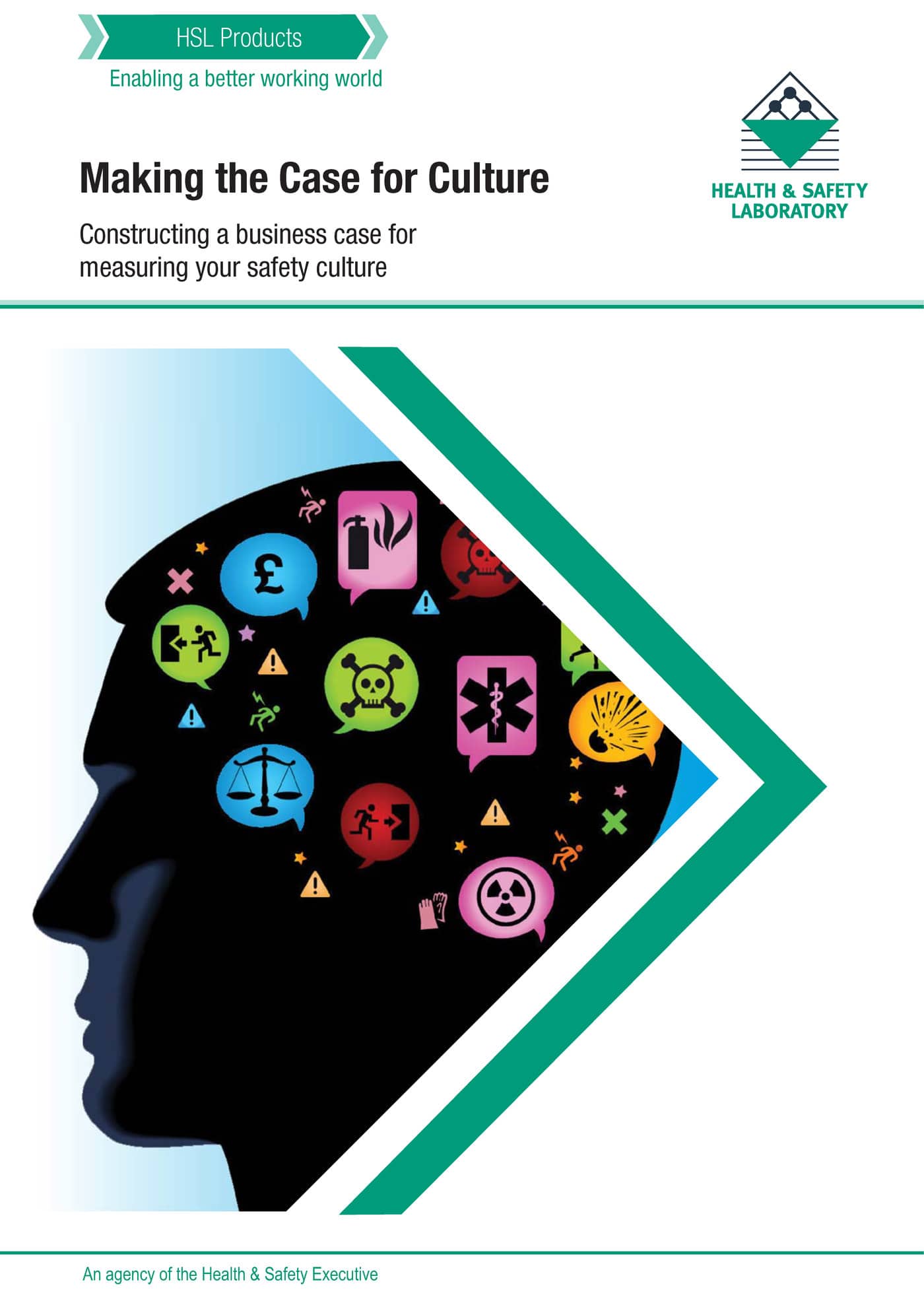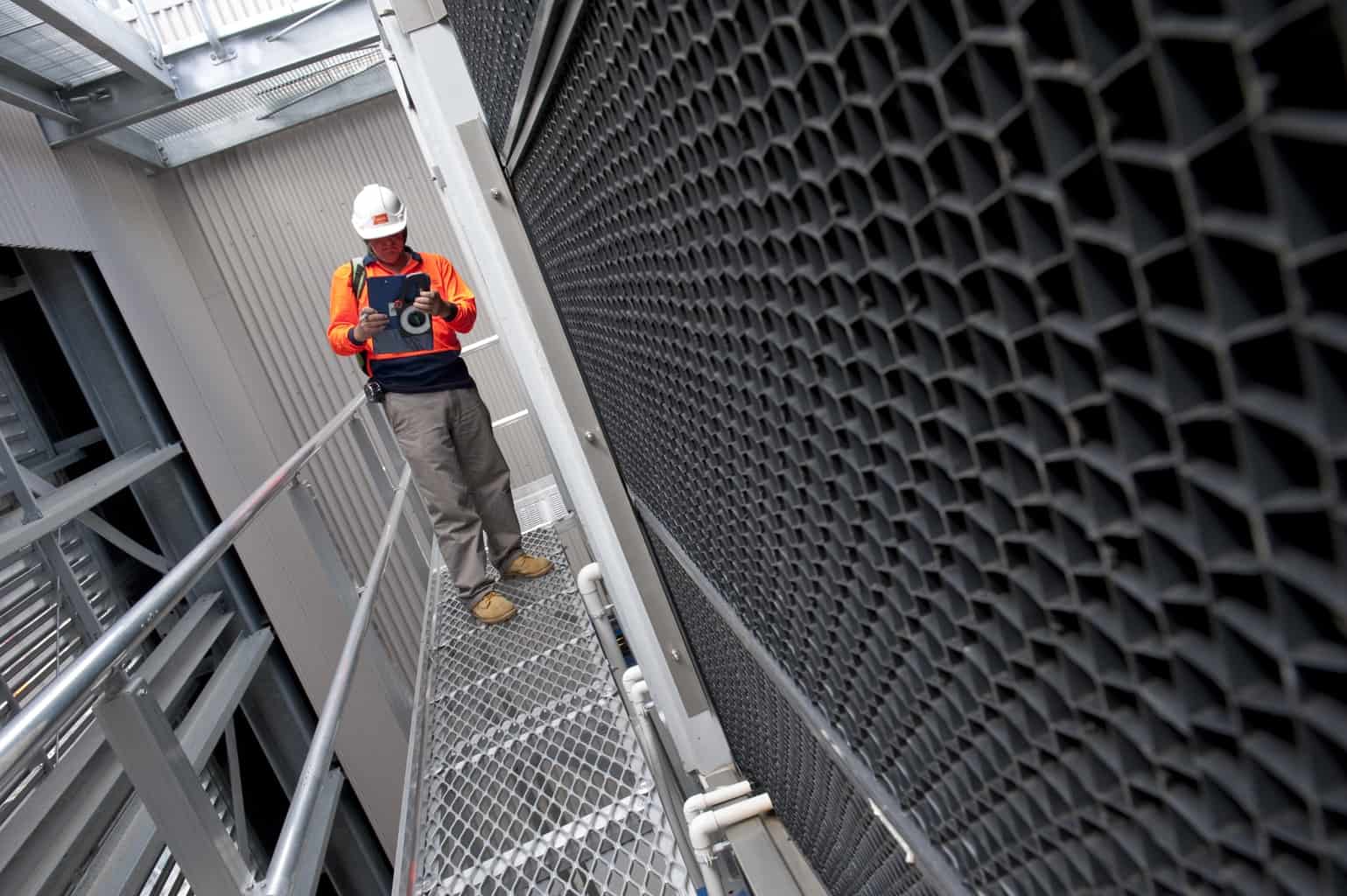 Anyone dealing with occupational health and safety (OHS), or in any profession, knows to be careful with one’s words in public. This is particularly so when one is dealing with mental health issues or claims of workplace bullying. This week Senator Eric Abetz, Australia’s Workplace Relations Minister, seems to have overstepped the mark by misrepresenting some Federal Court Orders as related to workplace bullying, when the Court made no such statement. This could simply be dismissed as political hyperbole in the heat of the moment but this was no off-the-cuff remark. He headlined his media release on 13 March 2014 as:
Anyone dealing with occupational health and safety (OHS), or in any profession, knows to be careful with one’s words in public. This is particularly so when one is dealing with mental health issues or claims of workplace bullying. This week Senator Eric Abetz, Australia’s Workplace Relations Minister, seems to have overstepped the mark by misrepresenting some Federal Court Orders as related to workplace bullying, when the Court made no such statement. This could simply be dismissed as political hyperbole in the heat of the moment but this was no off-the-cuff remark. He headlined his media release on 13 March 2014 as:
“Joe McDonald found guilty of workplace bullying – yet again. Bill Shorten must now act”.
According to Safe Work Australia, an organisation within Senator Abetz’s portfolio, workplace bullying is defined in the most recent national guide as
“repeated and unreasonable behaviour directed towards a worker or a group of workers that creates a risk to health and safety.” (page 2)
Nowhere in the Federal Court orders* is workplace bullying, or any other bullying, mentioned and the Federal Court has not found Joe McDonald guilty of workplace bullying. The best that can be said is that Joe McDonald has a history of intimidation on construction sites and that this has created tense relations between the workforce and employers (perhaps a confused safety culture) and generated delays in construction.
Does this all matter? Yes



 The revised
The revised 